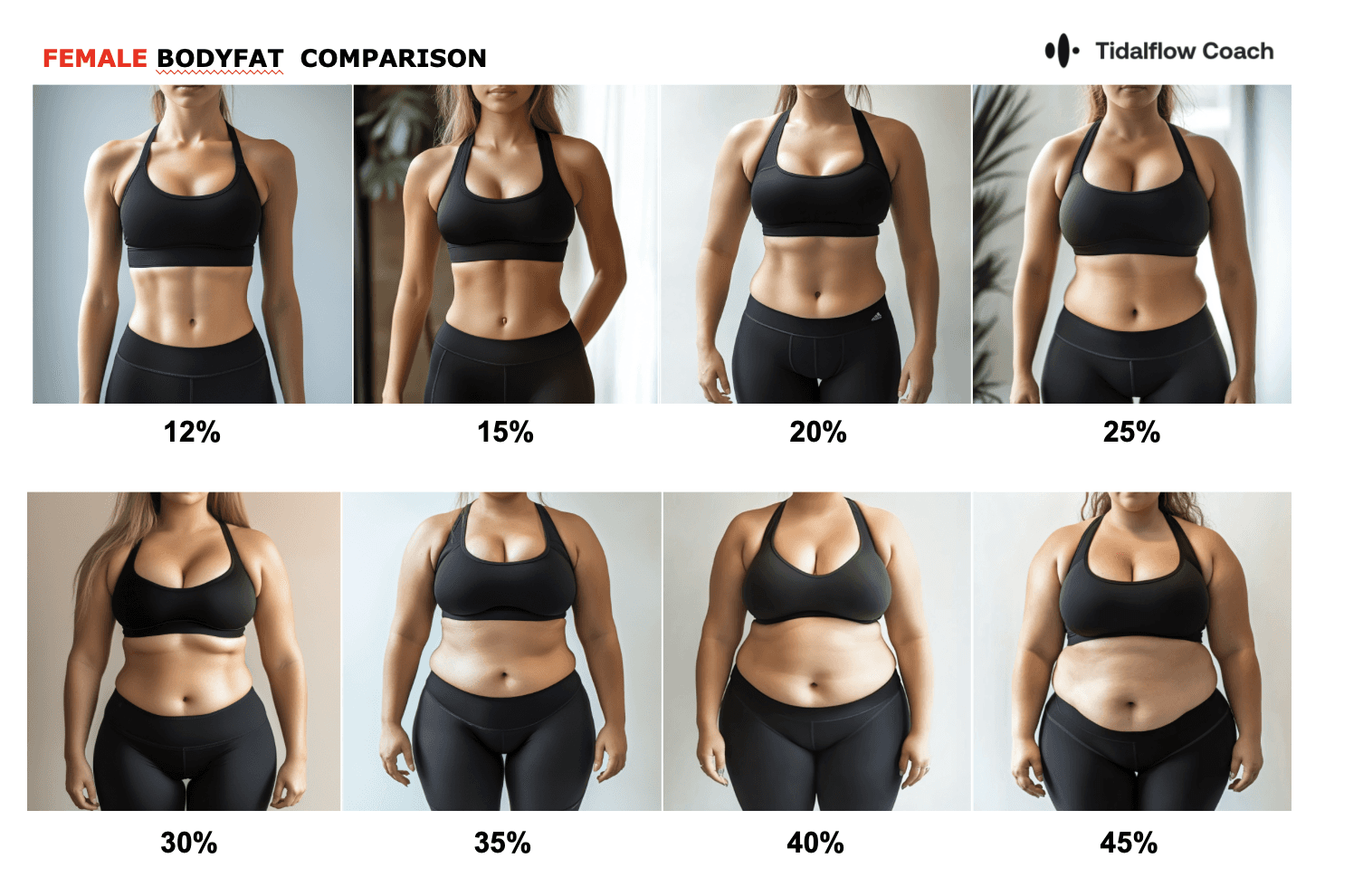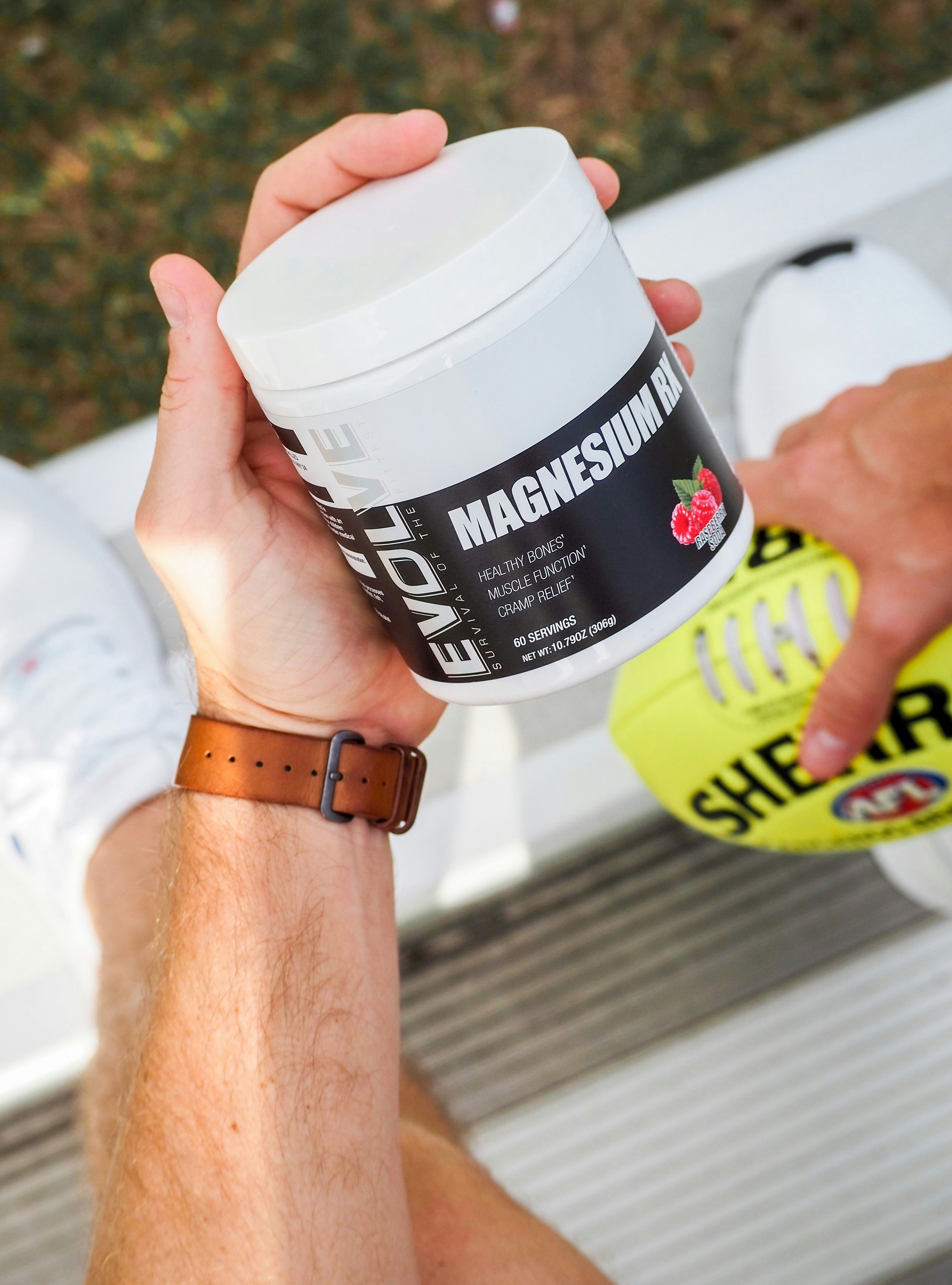Traps vs Lats: Develop Your Upper Body Powerhouses
Sep 16, 2024
When it comes to building a strong, aesthetically pleasing upper body, two muscle groups stand out: the trapezius (traps) and the latissimus dorsi (lats). At Tidalflow, we understand the importance of balanced muscle development for both performance and appearance. In this comprehensive guide, we'll explore the traps vs lats debate, discussing their functions, differences, and how to effectively train both for optimal results.
Understanding Traps and Lats: Anatomy and Function
Before we dive into the comparison, let's first understand what these muscle groups are and their roles in body mechanics.
Trapezius (Traps)
The trapezius is a large, triangular muscle that extends from the base of your skull to the middle of your back. It's divided into three regions:
Upper traps
Middle traps
Lower traps

Function of the Traps:
Elevate, retract, and rotate the shoulder blades
Support and move the head and neck
Stabilize the shoulder blades during arm movements
Latissimus Dorsi (Lats)
The latissimus dorsi, commonly known as the "lats," are broad, flat muscles on each side of your back. They run from your mid-back up to your armpit and attach to your upper arm bone.

Function of the Lats:
Adduct the arm (pull it towards your body)
Extend the arm (move it behind you)
Internally rotate the arm
Assist in extension and lateral flexion of the trunk
Traps vs Lats: Key Differences
While both the traps and lats are crucial for upper body strength and aesthetics, they differ in several ways:
1. Location and Appearance
Traps: The traps are visible from both the front and back of the upper body. Well-developed traps create that "yoked" look, giving the appearance of power and strength in the upper back and neck area.
Lats: The lats are primarily visible from the back and sides. Well-developed lats contribute to the coveted V-taper physique, creating width in the upper body.
2. Primary Functions
Traps: Primarily responsible for shoulder blade movement and neck support.
Lats: Mainly involved in arm movements, particularly pulling actions.
3. Impact on Posture
Traps: Strong, balanced traps can help improve neck and upper back posture.
Lats: Well-developed lats can contribute to better overall back strength and posture.
4. Athletic Performance
Traps: Critical for overhead lifting movements and sports requiring shoulder stability.
Lats: Essential for pulling movements in sports like swimming, rock climbing, and rowing.
Training Traps and Lats: Exercises and Techniques
Now that we understand the differences, let's explore how to effectively train both muscle groups.
Exercises for Traps
Barbell Shrugs: A classic exercise targeting the upper traps.
How to: Hold a barbell at arm's length, lift your shoulders towards your ears, then lower.
Dumbbell Farmer's Walks: Great for overall trap development and functional strength.
How to: Hold heavy dumbbells at your sides and walk for a set distance or time.
Face Pulls: Targets the middle and lower traps, as well as rear deltoids.
How to: Use a cable machine with a rope attachment, pull the rope towards your face, focusing on squeezing your shoulder blades together.
Rack Pulls: A partial deadlift that heavily engages the traps.
How to: Set up a barbell in a power rack at knee height, lift the bar as you would in a deadlift, focusing on squeezing your traps at the top.
For a comprehensive trap workout, check out our guide on exercises for stronger traps.
Exercises for Lats
Pull-Ups: One of the best exercises for lat development.
How to: Hang from a bar with hands slightly wider than shoulder-width, pull yourself up until your chin clears the bar.
Lat Pulldowns: A machine alternative to pull-ups, great for isolating the lats.
How to: Sit at a lat pulldown machine, grasp the bar with a wide grip, and pull it down to your upper chest.
Bent-Over Rows: Engages the lats along with other back muscles.
How to: Bend at the hips, keeping your back straight, and row a barbell or dumbbells to your lower chest.
Straight-Arm Pulldowns: Isolates the lats through a different range of motion.
How to: Using a cable machine, keep your arms straight as you pull the bar from overhead down to your thighs.
For more lat-focused exercises, explore our cable lat pulldown guide.
Programming for Balanced Development
To ensure balanced development of both traps and lats, consider the following tips:
Frequency: Aim to train both muscle groups 2-3 times per week.
Volume: Include 2-3 exercises for each muscle group in your workouts.
Rep Ranges: Mix up your rep ranges. Use heavier weights with lower reps (4-6) for strength, and moderate weights with higher reps (8-12) for hypertrophy.
Balance: Ensure you're not neglecting one muscle group in favor of the other.
Here's a sample upper back workout that targets both traps and lats:
Pull-Ups: 3 sets of 8-10 reps
Barbell Shrugs: 4 sets of 10-12 reps
Bent-Over Rows: 3 sets of 8-10 reps
Face Pulls: 3 sets of 12-15 reps
Straight-Arm Pulldowns: 3 sets of 12-15 reps
Remember to warm up properly before your workout and cool down afterwards. A proper warm-up routine can help prevent injury and improve performance.
The Importance of Balance: Traps and Lats Working Together
While we've discussed traps vs lats, it's crucial to understand that these muscle groups often work together in many movements. Balanced development of both is essential for:
Optimal Posture: Strong traps and lats contribute to better upper body posture.
Functional Strength: Many real-world and athletic movements require the coordination of both muscle groups.
Aesthetics: A well-developed upper back, with prominent traps and wide lats, is a key component of an impressive physique.
Injury Prevention: Balanced strength in these muscles can help prevent shoulder and upper back injuries.
Common Mistakes in Training Traps and Lats
Avoid these common errors to maximize your results:
Overemphasizing Traps: Some lifters focus too much on shrugs, neglecting overall back development.
Using Momentum: Swinging or using body momentum reduces the effectiveness of exercises for both muscle groups.
Neglecting Lower Traps: The lower traps are crucial for shoulder health but often overlooked.
Poor Lat Activation: Many people struggle to properly engage their lats during exercises.
Ignoring Proper Form: Sacrificing form for heavier weights can lead to reduced muscle engagement and increased injury risk.
Nutrition for Muscle Growth
To support the growth of your traps and lats, pay attention to your nutrition:
Protein: Aim for 1.6-2.2 grams of protein per kilogram of body weight daily.
Carbohydrates: Consume adequate carbs to fuel your workouts and support recovery.
Healthy Fats: Include sources of healthy fats to support hormone production.
Caloric Surplus: If your goal is muscle growth, you may need to eat in a slight caloric surplus.
For personalized nutrition advice tailored to your muscle-building goals, consider using Tidalflow's AI-powered nutrition guidance.

Recovery and Injury Prevention
Proper recovery is crucial for seeing results from your trap and lat training:
Rest: Allow at least 48 hours between targeted workouts for these muscle groups.
Sleep: Aim for 7-9 hours of quality sleep per night to support muscle recovery.
Stretching: Incorporate upper back and shoulder stretches into your routine to maintain flexibility.
Massage: Consider using a foam roller or massage ball to alleviate muscle tension.
If you experience persistent upper back or shoulder pain, consult a healthcare professional. Some exercises may need to be modified based on individual needs and any pre-existing conditions.
The Tidalflow Approach to Trap and Lat Training
At Tidalflow, we understand that effective upper body training requires a personalized approach. Our AI-powered personal trainer can help you optimize your trap and lat workouts in several ways:
Customized Workout Plans: Receive a tailored upper body routine that includes the right balance of trap and lat exercises for your goals and fitness level.
Form Guidance: Get real-time feedback on your exercise form to ensure you're performing trap and lat exercises correctly and safely.
Progressive Overload: Our AI tracks your progress and suggests when to increase weight or reps to keep challenging your muscles.
Exercise Variations: Discover new trap and lat exercises and variations to keep your workouts fresh and effective.
Recovery Monitoring: Track your recovery and receive suggestions for optimal training frequency based on your individual response.
FAQs About Traps and Lats
Should I train traps and lats on the same day?
It's possible to train both on the same day, especially if you're doing a full back workout. However, you can also split them up if you prefer more focused sessions.
Can I overtrain my traps or lats?
Yes, like any muscle group, it's possible to overtrain. Listen to your body and ensure you're allowing adequate recovery time between workouts.
Are traps or lats more important for overall strength?
Both are crucial for upper body strength. Lats are generally considered more important for overall pulling strength, while traps play a key role in shoulder stability and posture.
How long does it take to see results in trap and lat development?
With consistent training and proper nutrition, you may start to notice strength improvements within a few weeks. Visible changes in muscle size typically become apparent after 8-12 weeks of dedicated training.
Can I build impressive traps and lats with just bodyweight exercises?
While weights can accelerate progress, it's certainly possible to develop strong traps and lats with bodyweight exercises like pull-ups, inverted rows, and handstand push-ups.
Embrace a Powerful Upper Body with Tidalflow
Understanding the differences and importance of traps vs lats is crucial for developing a strong, aesthetically pleasing upper body. By incorporating targeted exercises for both muscle groups and following the tips outlined in this guide, you're well on your way to achieving your upper body development goals.
Remember, effective upper body training is about more than just targeting individual muscles – it's about creating balance, focusing on proper form, and ensuring adequate recovery. That's where Tidalflow's personalized approach can make a real difference in your fitness journey.
Ready to take your upper body workouts to the next level? Try Tidalflow free for 7 days and experience the power of AI-guided, personalized fitness training. Our app adapts to your needs, helping you achieve your trap and lat building goals through optimized workouts and expert guidance.
Don't let imbalances or plateaus hold you back from achieving the strong, defined upper body you desire. With a solid understanding of traps vs lats and Tidalflow as your guide, you can build an impressive upper back that enhances your overall physique and functional strength.
Start your journey to a more powerful upper body today with Tidalflow – where cutting-edge technology meets fitness expertise for your best results yet!
You should not have to do it all on your own













